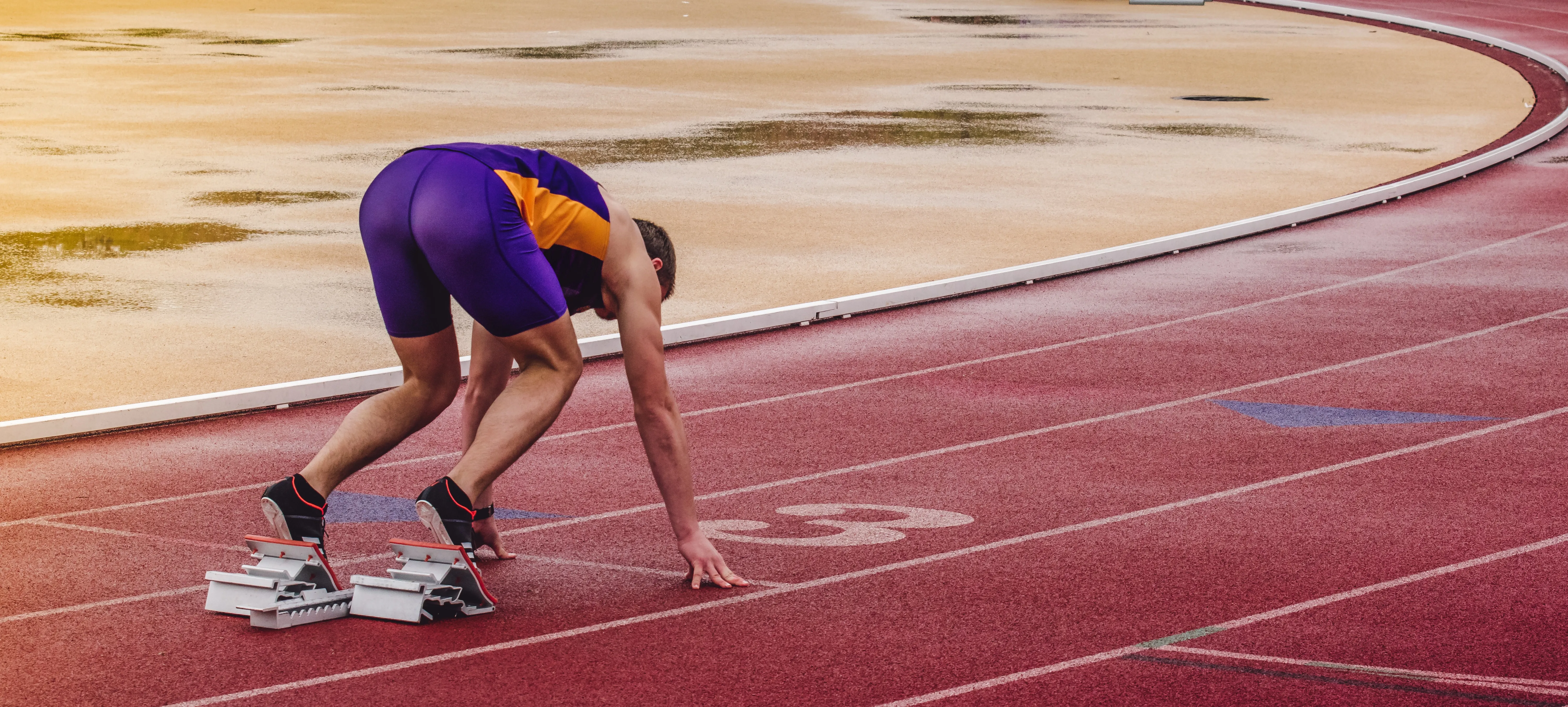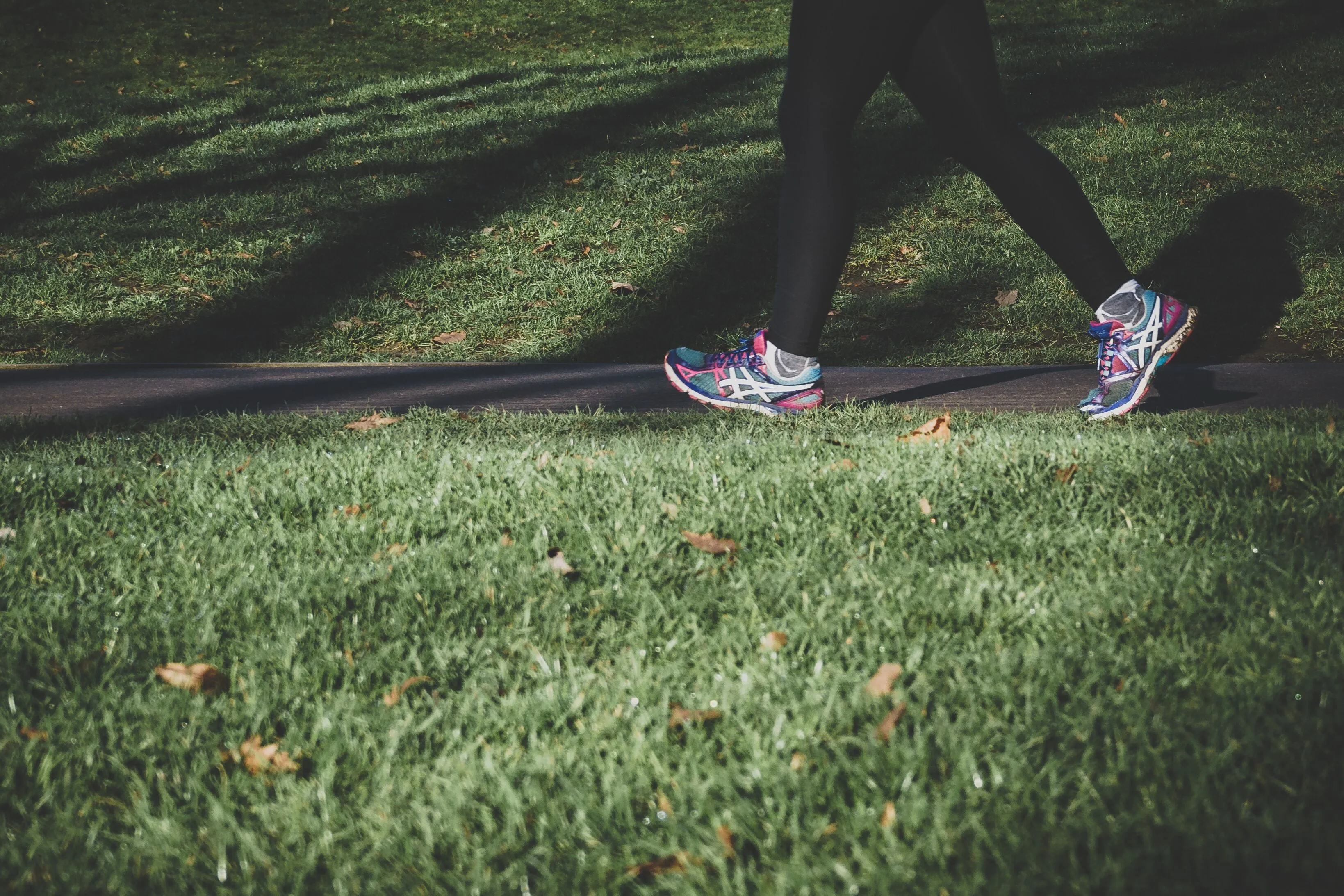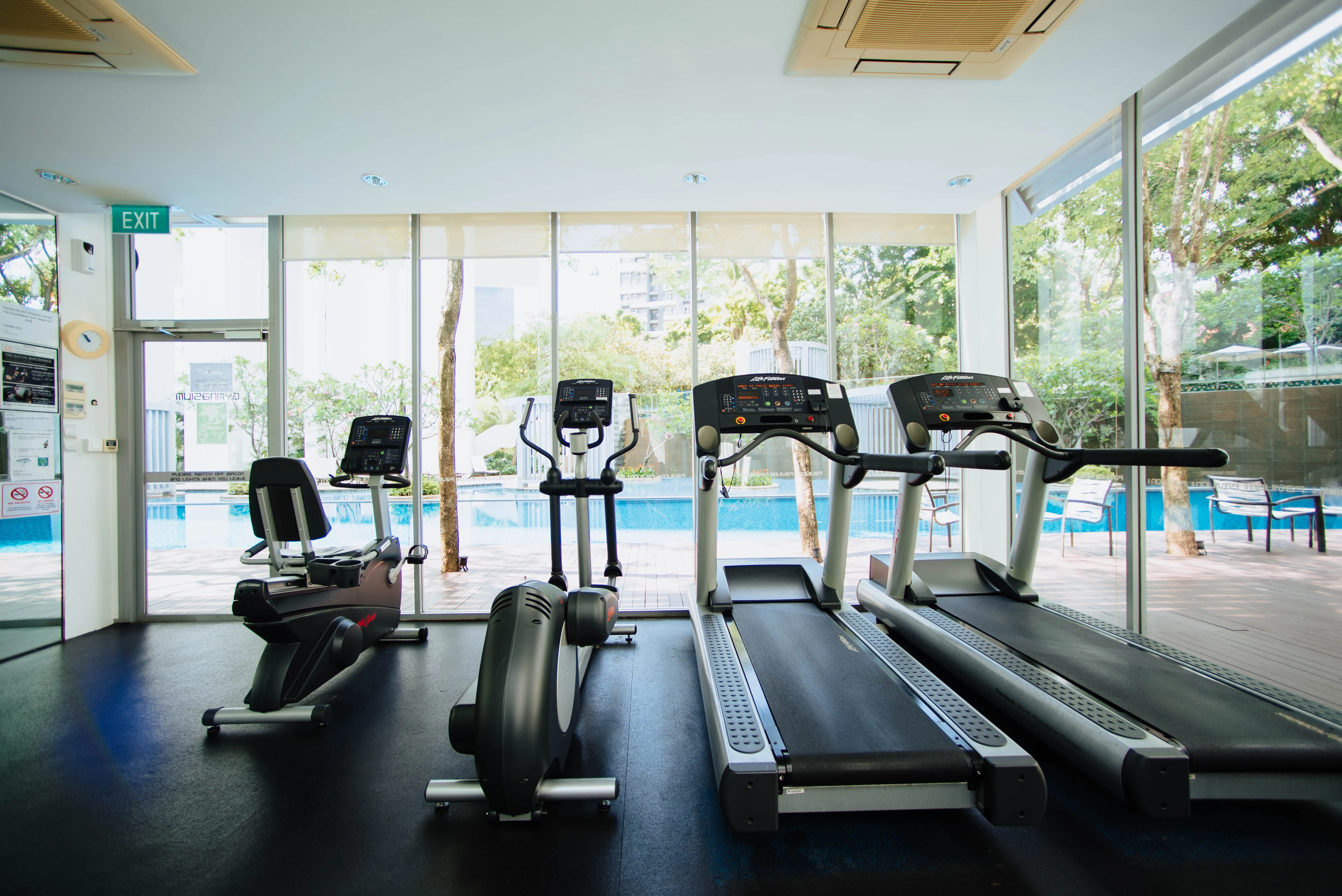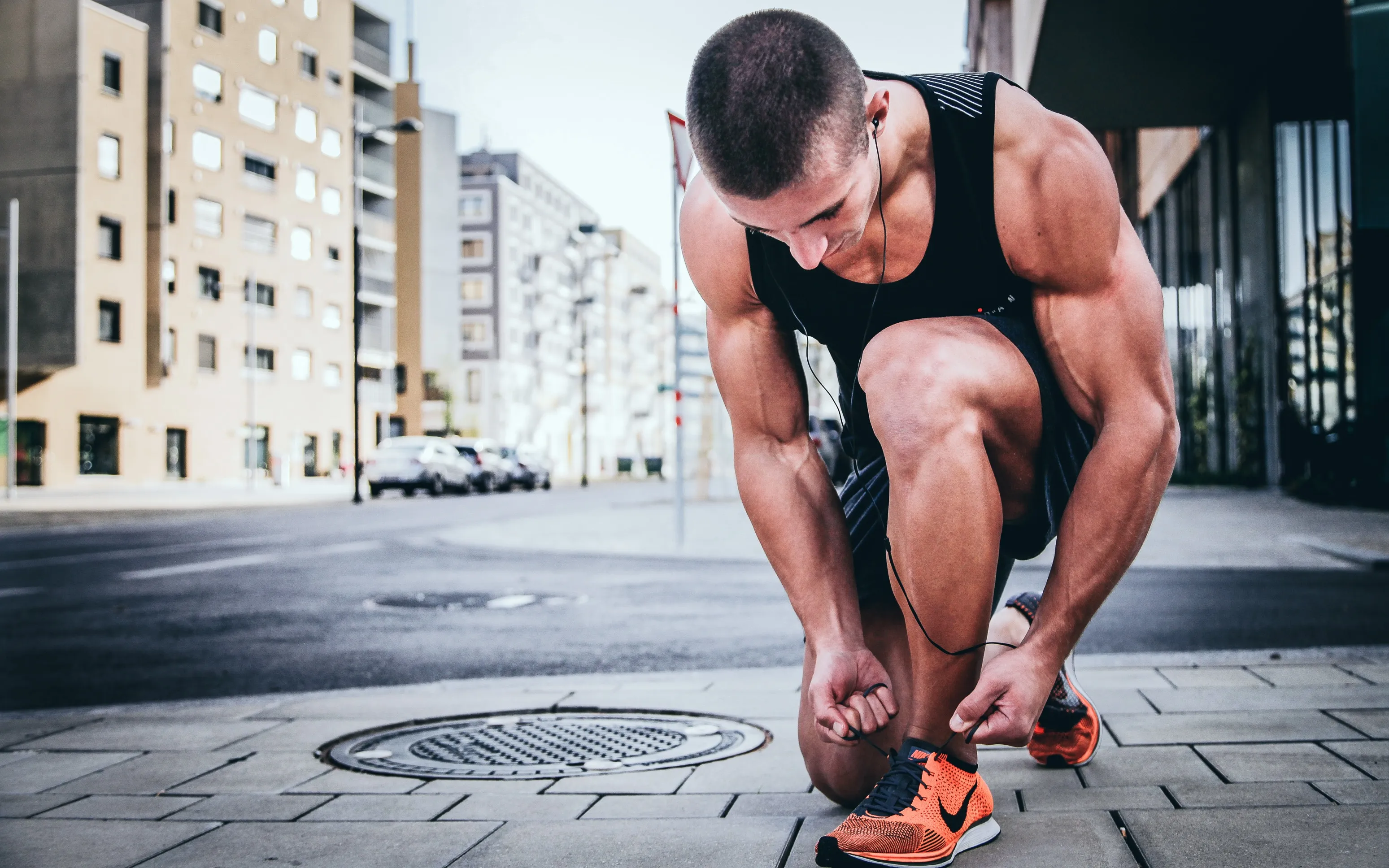
As a runner, your gear can have a significant impact on your performance and recovery. Among the different types of running gear out there, compression gear stands out as particularly beneficial. In this comprehensive guide, we’ll explore the benefits, correct usage, and maintenance of compression gear.

Understanding Compression Gear
Compression gear is made from high-elasticity materials designed to apply a specific surface pressure to specific parts of the body. The logic behind this equipment is that the pressure exerted by these garments helps boost your blood circulation. This enhanced circulation may then mitigate muscle soreness, improve performance, and aid recovery.
The Benefits of Compression Gear for Runners
Compression gear has garnered considerable attention and research in the sports science community. Here are some of the benefits that have been associated with it.
Enhanced Athletic Performance
Several research studies suggest that wearing compression gear during a run can improve athletic performance. The hypothesis behind this is that compression gear can reduce muscle oscillation and promote better proprioception.
Faster Muscle Recovery
Compression gear can also come in handy post-run. Post-exercise muscle soreness and fatigue can slow you down, but compression gear can speed up recovery by improving blood flow, thus reducing the accumulation of lactic acid in the muscles.
Reduced Risk of Deep Vein Thrombosis (DVT)
For long-distance runners and athletes that travel frequently for competitions, compression gear can help reduce the risk of Deep Vein Thrombosis (DVT), a condition where blood clots form in veins deep in the body.
How to Choose and Use Compression Gear
Not all compression gear is created equal, and what works best for you will depend on your needs.
Fit is Key
Compression gear should fit snugly but not impede circulation or restrict your range of motion. It’s important to try on different sizes and brands to find your best match.
Type of Gear for Specific Needs
Different types of compression gear serve different purposes. For instance, compression socks are excellent for runners who experience foot and calf discomfort, while compression tights can be beneficial for those with muscle soreness in the thighs or hamstrings.
Caring For Your Compression Gear
Proper care will prolong the lifespan of your gear. Always follow the care instructions that come with your compression gear, typically indicating to wash in cold water and air dry.
In summary, adding compression gear to your toolkit can bring about improvements in performance, recovery, and health. It’s all about finding the right gear to support you during your runs and understanding how to maximize its benefits.






